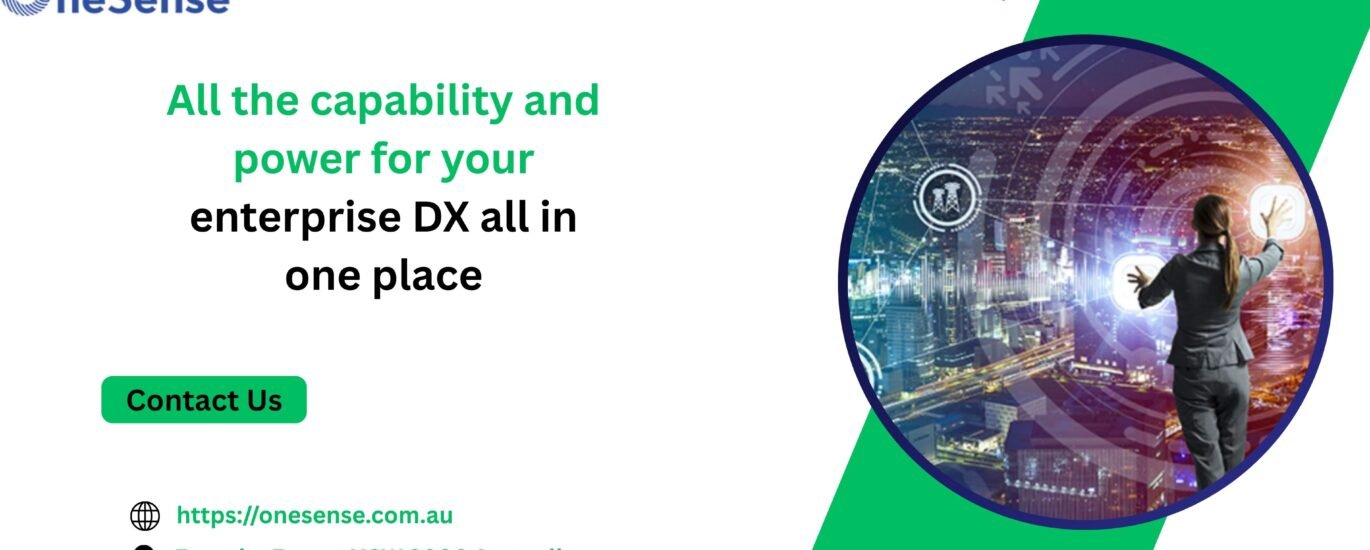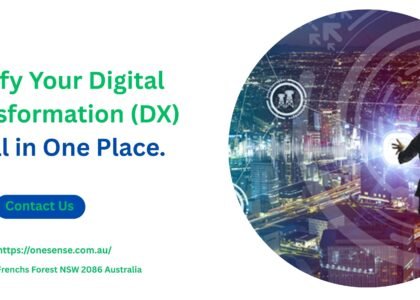Summary
Private cloud computing security ensures data protection and compliance through controlled access, encryption, and monitoring—crucial for securing cloud infrastructure and managing complex IoT environments with high data sensitivity.
Introduction
As enterprises increasingly turn to cloud solutions for their IT needs, security has become a top concern—especially with the adoption of private clouds. A private cloud offers more control and customization than public cloud environments, but it also comes with its own set of security challenges. This is particularly true in industries leveraging the Internet of Things (IoT), where the integrity of data and device connectivity is crucial. This article explores the fundamentals and best practices for private cloud computing security, the importance of securing a cloud infrastructure, and how it applies to cloud infrastructure in IoT providers.
What is Private Cloud Computing?
A private cloud is a cloud computing model where IT services are offered over the internet or a private internal network exclusively to select users, instead of the general public. This model offers increased levels of security and control, making it ideal for organizations with strict compliance or data protection requirements, such as healthcare, finance, and government agencies.
While private clouds provide enhanced security compared to public cloud environments, they are not immune to threats. As such, securing a private cloud requires comprehensive planning, deployment of modern security protocols, and ongoing monitoring.
Why Private Cloud Security Matters
Organizations move to private clouds to gain the benefits of scalability, flexibility, and cost efficiency, without compromising on control over sensitive data. But the challenge is to maintain that control while protecting against evolving threats such as:
- Unauthorized access
- Insider threats
- Data breaches
- Malware and ransomware attacks
- Misconfiguration errors
A breach in a private cloud environment can be just as devastating as one in a public cloud. However, organizations using private clouds often believe they are safer by default. This false sense of security can lead to complacency and missed vulnerabilities.
That’s where private cloud computing security becomes not just important—but essential.
Key Pillars of Private Cloud Computing Security
To ensure robust security in private cloud environments, businesses must focus on several core areas:
1. Identity and Access Management (IAM)
IAM controls who has access to your cloud resources. By implementing strong authentication and role-based access control, organizations can ensure that only authorized personnel can access sensitive information or systems.
- Use multi-factor authentication (MFA)
- Set role-based permissions
- Audit access logs regularly
2. Data Encryption
Encrypting data both at rest and in transit is essential to protect it from unauthorized access. This is particularly important when sensitive data is being transmitted across networks, especially in hybrid cloud models.
- Implement end-to-end encryption
- Use strong cryptographic algorithms
- Manage and rotate encryption keys securely
3. Network Security
Your private cloud’s network must be protected from external and internal threats.
- Use firewalls and intrusion detection/prevention systems (IDS/IPS)
- Segment networks to isolate sensitive workloads
- Monitor traffic using AI-powered threat detection tools
4. Endpoint Security
Devices connected to the cloud—especially in IoT ecosystems—can act as gateways for attacks if not properly secured.
- Ensure IoT devices are regularly patched
- Monitor device behavior for anomalies
- Use endpoint detection and response (EDR) tools
Securing a Cloud Infrastructure: Best Practices
Effective securing of a cloud infrastructure goes beyond firewalls and encryption. It requires a holistic approach that considers the architecture, deployment strategy, and compliance needs of your organization.
Here are some best practices:
a. Conduct Regular Security Audits
Audits help identify vulnerabilities before attackers do. Conduct regular internal and external assessments to uncover gaps in your security posture.
b. Automate Security Policies
Using automation to enforce security policies can reduce the risk of human error, which is a common cause of breaches. Automate tasks like patch management, incident response, and configuration monitoring.
c. Use Microsegmentation
This practice involves dividing your cloud infrastructure into smaller, secure segments to minimize the attack surface. If an attacker gains access to one segment, they can’t move laterally across the network.
d. Monitor Continuously
Implement centralized logging and real-time monitoring across all layers of your infrastructure. AI-driven tools can identify anomalies and alert you to potential threats as they happen.
Cloud Infrastructure in IoT Providers: Unique Challenges and Solutions
IoT is reshaping industries—from healthcare to manufacturing—with billions of connected devices generating massive volumes of data. For IoT providers, the cloud is essential for managing, processing, and storing this data efficiently. However, securing the cloud infrastructure in IoT providers comes with unique challenges:
1. Device Proliferation
IoT environments often include thousands or millions of devices. Ensuring that each device is secure, updated, and authenticated is a significant challenge.
Solution: Implement robust device management platforms that support secure onboarding, monitoring, and decommissioning of devices.
2. Data Sensitivity
IoT devices can collect extremely sensitive information, especially in sectors like healthcare or smart homes.
Solution: Enforce strict data privacy regulations (like GDPR or HIPAA compliance), ensure end-to-end encryption, and anonymize data wherever possible.
3. Real-Time Data Processing
IoT data often needs to be processed in real-time, which can create vulnerabilities if proper controls aren’t in place.
Solution: Use edge computing solutions that analyze data closer to the source, combined with cloud-based storage and analytics secured via advanced IAM and encryption practices.
Emerging Technologies Supporting Private Cloud Security
Modern technologies can greatly improve private cloud computing security by making threat detection and response more intelligent and automated.
– Artificial Intelligence & Machine Learning (AI/ML)
These can be used to detect unusual behavior, automate responses to threats, and provide deeper insights into potential vulnerabilities.
– Zero Trust Architecture
A Zero Trust model assumes that no part of the network is secure by default. Every user and device must continuously validate their credentials before gaining access.
– Secure Access Service Edge (SASE)
This is a cloud-based approach that merges networking and security functions, offering secure access to cloud resources regardless of where users are located.
Final Thoughts
As businesses continue to digitize and expand into IoT ecosystems, private cloud computing security becomes a foundational requirement. With rising cyber threats and complex compliance landscapes, securing a cloud infrastructure is not just about technology—it’s about strategy, governance, and culture.
Meanwhile, for cloud infrastructure in IoT providers, the stakes are even higher. Ensuring data integrity, privacy, and real-time access control is critical to maintaining trust and delivering reliable services.
Organizations should adopt a proactive approach, leverage modern security technologies, and build a security-first culture. With the right investments and strategic planning, private clouds can offer the agility of cloud computing while maintaining the highest levels of data protection.
FAQ
Q1: What is private cloud computing security?
A: Private cloud computing security refers to the set of technologies, policies, and procedures used to protect data, applications, and infrastructure in a private cloud environment. Unlike public clouds, private clouds are dedicated to a single organization, which allows for enhanced control but also requires dedicated security strategies.
Q2: How is securing a cloud infrastructure different in a private cloud?
A: Securing a cloud infrastructure in a private cloud involves more direct control over the hardware, software, and network configurations. Organizations must implement their own access controls, encryption, intrusion detection systems, and compliance practices, whereas in public clouds, many of these are handled by the cloud service provider.
Q3: What are the biggest threats to private cloud environments?
A: Common threats include misconfiguration, insider threats, unauthorized access, malware, and data breaches. Because private clouds are usually managed in-house or by third-party vendors, human error and outdated security protocols are frequent vulnerabilities.
Q4: Why is cloud infrastructure in IoT providers harder to secure?
A: IoT environments involve thousands—or even millions—of connected devices, which increases the attack surface. These devices often have limited processing power and may lack basic security features. Protecting the cloud infrastructure in IoT providers requires securing both device endpoints and the centralized cloud platforms they connect to.
Q5: How can organizations improve private cloud security?
A: Best practices include:
- Implementing Identity and Access Management (IAM)
- Encrypting data in transit and at rest
- Using multi-factor authentication (MFA)
- Performing regular audits and penetration testing
- Adopting Zero Trust architecture
Q6: Is a private cloud safer than a public cloud?
A: A private cloud can offer greater security due to its dedicated environment and customizable security policies. However, its safety depends entirely on how well the infrastructure is secured. Poor implementation or outdated practices can make a private cloud just as vulnerable as a public one.






